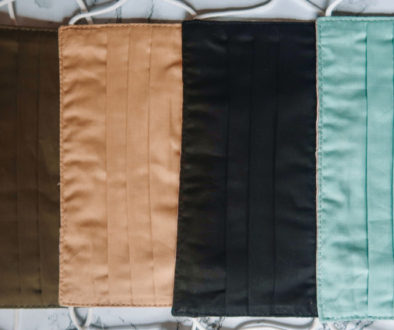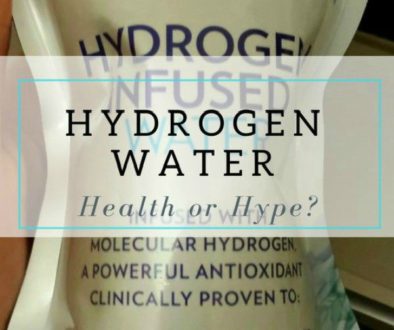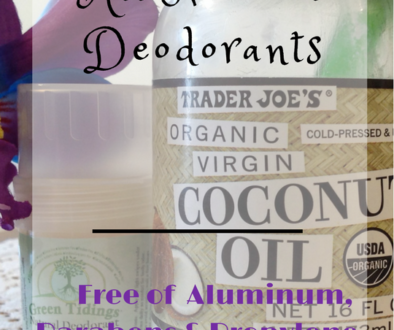There are many reasons why I switched to using BPA-free bottles. These include better health, cost savings, and benefits for the environment. It is a simple switch to make and very worth it in the long run. Pregnant women or those with children should avoid or limit their use of plastic bottles.
Safety concerns due to BPA
Bisphenol A, or BPA, has been used for manufacturing plastic since the 1960s. According to one study, “people exposed to higher levels of BPA” are more likely to develop disease. These include heart disease and diabetes. Also, BPA is an endocrine-disruptor and increases insulin resistance. In women, BPA mimics estrogen and binds to estrogen receptors. Pregnant women or those wishing to conceive should limit exposure to BPA. It may harm the developing fetus by crossing the placenta and can increase the risk of miscarriage (1). Long-term exposure to BPA can lead to adverse health effects in children as well.
Plastic in Bottles and Containers
Many companies have reduced their use of plastic and BPA. But, there are still traces present in plastic products and containers. In 2012, Poland Spring introduced a bottle that uses 30% less plastic. It is lighter weight and more eco-friendly. Poland Spring has also partnered with The Recycling Partnership to encourage recycling. You can learn more about Poland Spring’s MadeBetter initiative here.
If you would like to learn more, click here to read an article by The Guardian describing how plastic bottles damage our ecosystem and oceans.
Using recycled plastic does reduce waste. But, it is still best not to pour hot liquids into plastic bottles or containers. This is because BPA is still released at higher temperatures. There are many reasons why I have switched to using a stainless steel bottle. Unlike plastic, it is BPA-free. I also like having the choice of filling the bottle with either cold or hot drinks without concern. I drink at least one cup of tea or coffee daily. Also, who can resist a pop of color or pretty prints? The colorful floral bottle shown below is by The Pioneer Woman.

Health, Cost, and Eco-Benefits of BPA-Free Bottles
- safer since they do not contain BPA
- stainless steel is a great insulator and will keep drinks cold or hot for hours
- easy to wash and reuse
- less costly over time since there is no need to keep repurchasing plastic water bottles. Consider brewing your own coffee or tea at home to save even more
- available in many attractive colors and styles
- lowers the carbon footprint and reduces plastic bottles waste in landfills
You may still wish to use plastic products for various reasons. If you do use plastic, it is important to read package labels. It is best to avoid #3, #6, and #7 polycarbonate plastic. Use water bottles made from #1 or #2 plastics one-time only. Also, it is best not to microwave plastic containers when heating up food. Glass and ceramic containers are generally better for microwaving. For more details, refer to the Smart Plastics Guide here. It is available from the Institute for Agriculture and Trade Policy’s website (2).



